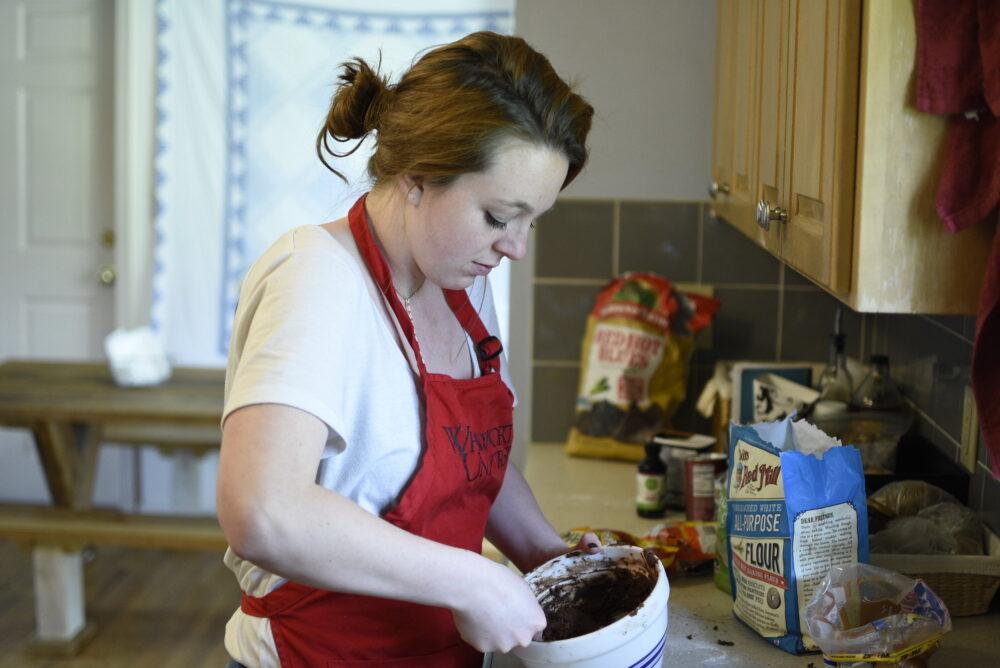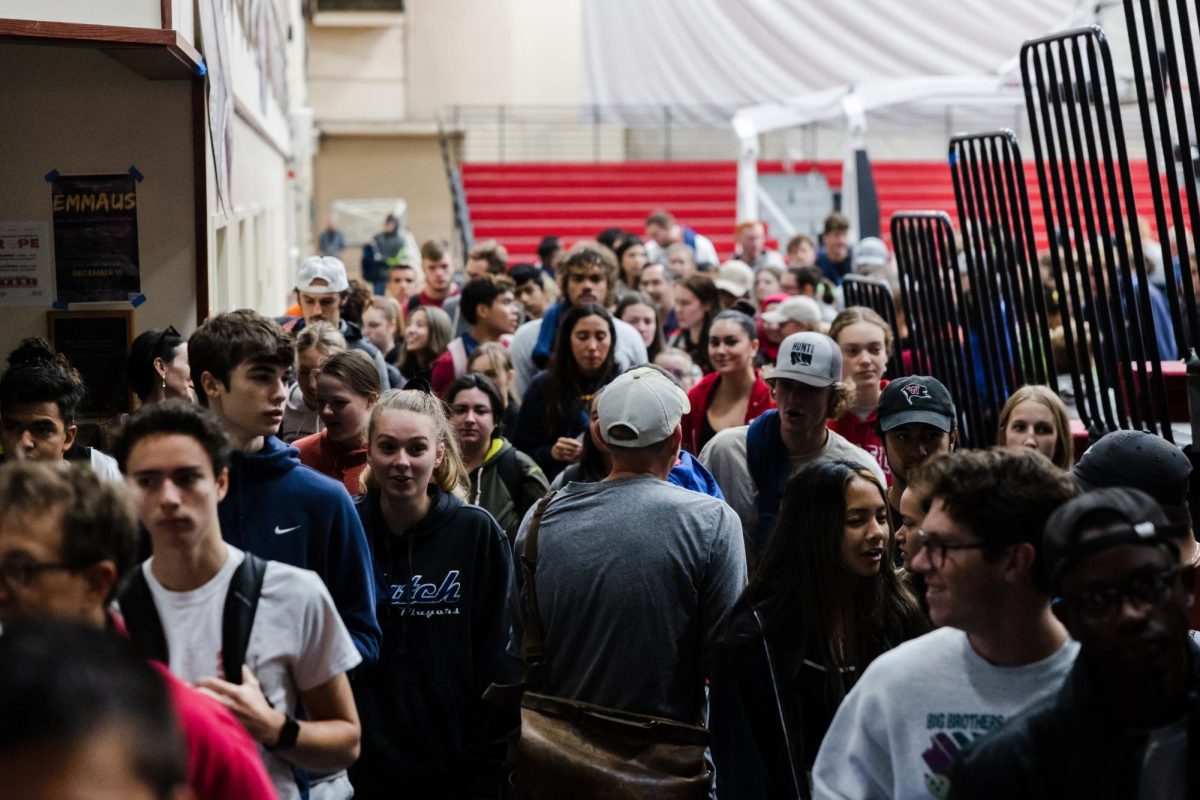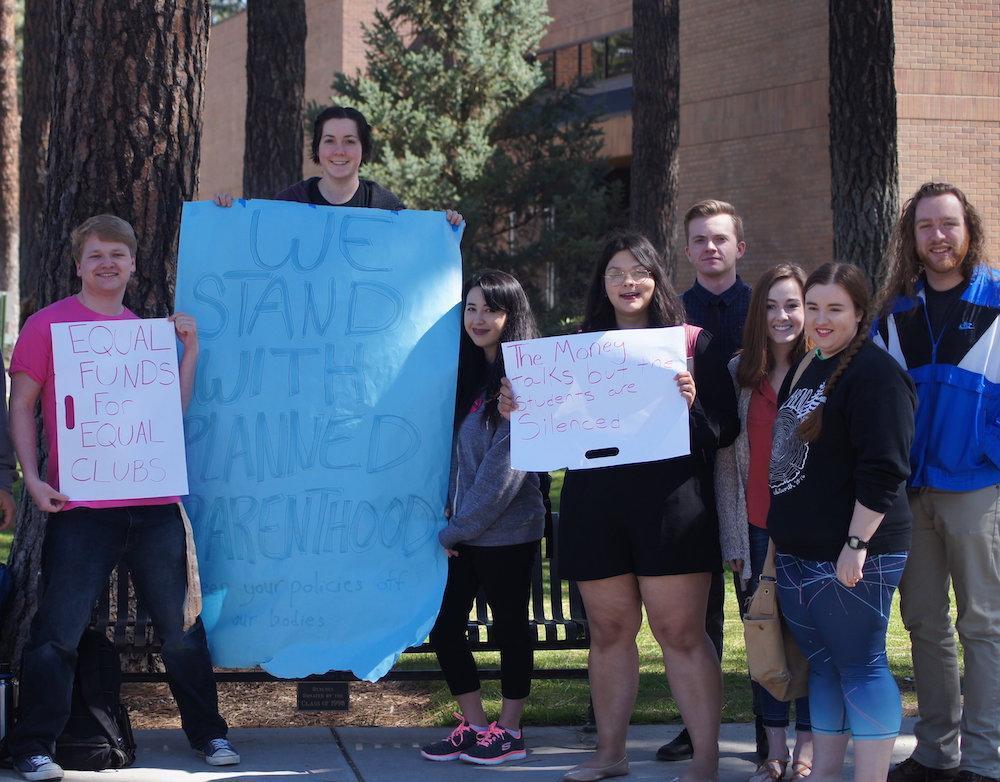bSafe
This app is great for first dates or when you’re walking home at night.
With one touch, the “alert friends” button on the homepage of the app activates a blaring sound, sends a text to pre-programmed contacts, starts recording video, sends friends your GPS location and after 10 seconds, calls your first contact.
You can also receive a fake phone call from the app, immediately or in the time range of an hour.
This function is a great way to make an excuse to get away from someone, whether you’re on a date or in a bar or chatting on the way home.
It has several easy-to-use functions, like letting contacts know of your location and requesting friends to follow you by sending them a message and your location.
Pros: Loud alarms to scare away predators
Cons: Uses cellular data or Wi‑Fi, but only if you choose to alert your friends. Requires the user’s action, rather than inaction, to let friends know of danger. Friends need to either have the app or sign up online to approve themselves as a contact
Ideal situations: Sketchy dates, walking home, anywhere you can access your phone
Platforms available: iOS and Android
Kitestring
Kitestring is a website that checks in on you via text message. Before going out, text the Kitestring number how long you’ll be gone—“15m” or “1hr,” for example. At the end of that time period, Kitestring gives you five minutes to reply, “OK,” before it sends a message to your emergency contacts that reads, “Hey, this is [your name]. I’m going out for a walk. If you get this, I might not have made it back safely. Give me a call at [your number].”
Kitestring is one of the easiest ways to keep yourself safe, and let your friends know when you aren’t. You simply sign up online with your name and phone number, input one or two of your friends’ names and numbers, and you’re ready to use the service.
There aren’t any negative consequences if you miss the check in text; the worst that happens is that your contacts call you. It doesn’t have some of the more complex and immediate safety features of some safety apps, but its simplicity and straightforward function make it a great tool for college students, especially students who like to party and want to know they have contact with a friend, even when they’re not thinking about it.
Pros: You don’t need a smartphone to use it; easy to use; your friend doesn’t have to sign up for them to be a contact
Cons: Uses cellular data, need to set it up beforehand with a friend; have to be paying attention
Ideal situations: Anytime you want to be safe, but aren’t too worried such as hikes
Platforms available: Any cell phone with texting capabilities
SOS Be Fearless
This app has a variety of buttons and keys to program and press in emergencies.
The homepage has a button to send out emergency texts and calls. In the app, you can set “groups” of contacts like family and friends, as well as authorities like the police or a helpline.
You can assign a group to a button, allowing the conscientious user to plan how they will get help in specific situations, and enact that plan quickly and effectively if need be.
Pros: Highly customizable; allows you to respond in a variety of ways in emergency situations
Cons: Some bugs in the app with scrolling and user interface; complicated to set up; poor usability
Ideal situations: All situations, however, you have to like to plan ahead. For people with intense Google Calandars
Platforms available: iOS, Windows, and Android
kshaw17@my.whitworth.edu












 Spokane?
Spokane?